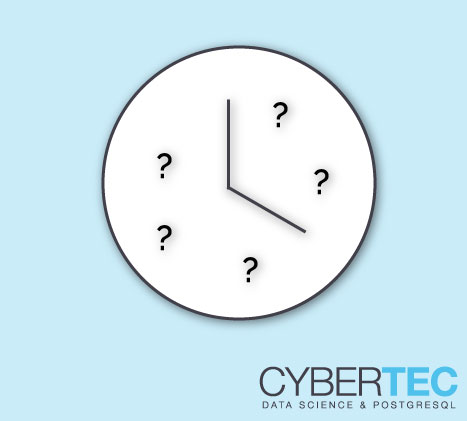

- #Postgresql timestamp vs timestamptz how to#
- #Postgresql timestamp vs timestamptz code#
- #Postgresql timestamp vs timestamptz iso#
#Postgresql timestamp vs timestamptz code#
SELECT INTERVAL '6 years 5 months 4 days 3 hours 2 minutes 1 second' Code language: SQL (Structured Query Language) ( sql ) sql standardĦ years 5 mons 4 days 6 years 5 mons 4 days 3 hours 2 mins 1 sec SELECT INTERVAL '6 years 5 months 4 days 3 hours 2 minutes 1 second' The following represents the interval of 6 years 5 months 4 days 3 hours 2 minutes 1 second in the four styles: SET intervalstyle = 'sql_standard' PostgresQL uses the postgres style by default for formatting the interval values. PostgreSQL provides four output formats: sql standard, postgres, postgresverbose, and iso_8601.

The output style of interval values is set by using the SET intervalstyle command, for example: SET intervalstyle = 'sql_standard' Code language: SQL (Structured Query Language) ( sql )
#Postgresql timestamp vs timestamptz iso#
For example, the interval of 6 years 5 months 4 days 3 hours 2 minutes 1 second can be written in the ISO 8601 alternative form as: PT03:02:01Ĭode language: SQL (Structured Query Language) ( sql ) PostgreSQL interval output format It also must start with the letter P, and the letter T separates the date and time parts of the interval value. Note that M can be months or minutes depending on whether it appears before or after the letter T.įor example, the interval of 6 years 5 months 4 days 3 hours 2 minutes 1 second can be written in the ISO 8601 designators format as follows: P6Y5M4DT3H2M1S The following table illustrates the ISO 8601 interval unit abbreviations: Abbreviation The letter T is for determining time-of-day unit. In this format, the interval value must start with the letter P. The ISO 8601 format with designators is like this: P quantity unit ] In addition to the verbose syntax above, PostgreSQL allows you to write the interval values using ISO 8601 time intervals in two ways: format with designators and alternative format. The following examples illustrate some interval values that use the verbose syntax: INTERVAL '1 year 2 months 3 days' Ĭode language: SQL (Structured Query Language) ( sql ) ISO 8601 interval format This format is called postgres_verbose which is also used for the interval output format. direction can be ago or empty string ''.unit can be any of millennium, century, decade, year, month, week, day, hour, minute, second, millisecond, microsecond, or abbreviation (y, m, d, etc.,) or plural forms (months, days, etc.).quantity is a number, sign + or - is also accepted.PostgreSQL provides you with the following verbose syntax to write the interval values: quantity unit Code language: SQL (Structured Query Language) ( sql )
#Postgresql timestamp vs timestamptz how to#
Let’s see how to format interval values for input and output.

Now() - INTERVAL '1 year 3 hours 20 minutes' AS "3 hours 20 minutes ago of last year" For example, if you want to know the time of 3 hours 2 minutes ago at the current time of last year, you can use the following statement: SELECT now(), The interval values are very useful when doing date or time arithmetic. The months and days values are integers while the seconds can field can have fractions. Internally, PostgreSQL stores interval values as months, days, and seconds. The following examples show some interval values: interval '2 months ago' The at sign ( is optional therefore you can omit it. The precision p is the number of fraction digits retained in the second field. In addition, an interval value can have an optional precision value p with the permitted range is from 0 to 6. The following illustrates the interval type: interval Ĭode language: SQL (Structured Query Language) ( sql )Īn interval value requires 16 bytes storage size that can store a period with the allowed range from -178,000,000 years to 178,000,000 years. The interval data type allows you to store and manipulate a period of time in years, months, days, hours, minutes, seconds, etc. Introduction to PostgreSQL interval data type Summary: in this tutorial, you will learn about the PostgreSQL interval data type and how to manipulate interval values.


 0 kommentar(er)
0 kommentar(er)
